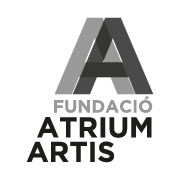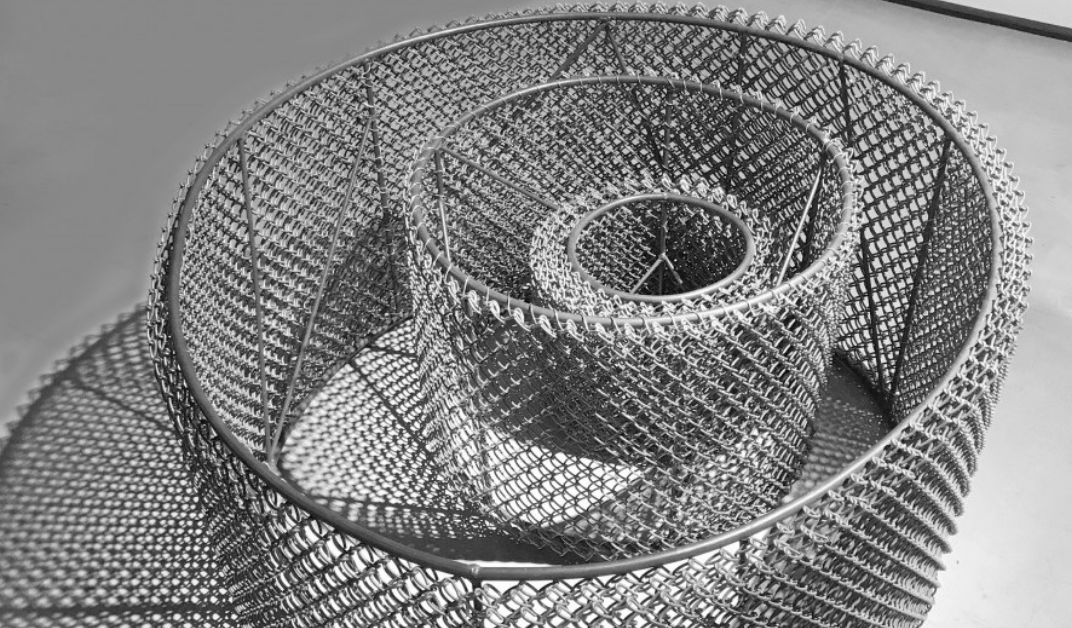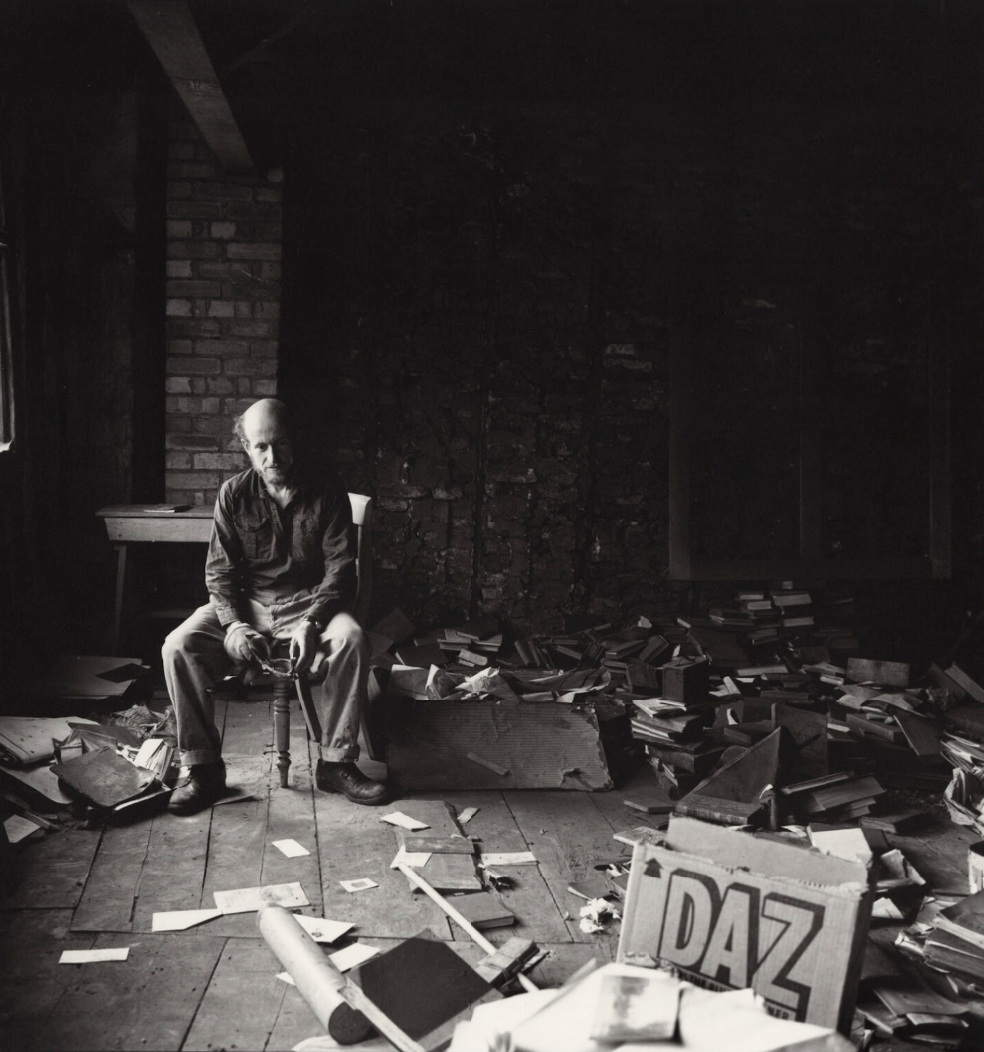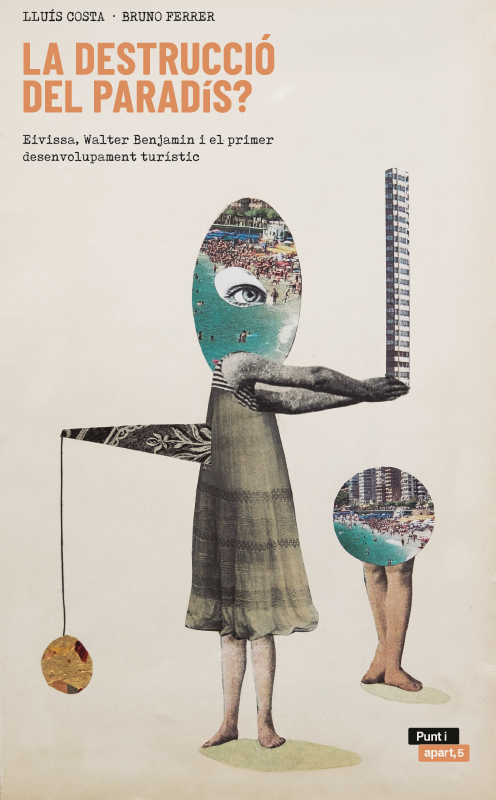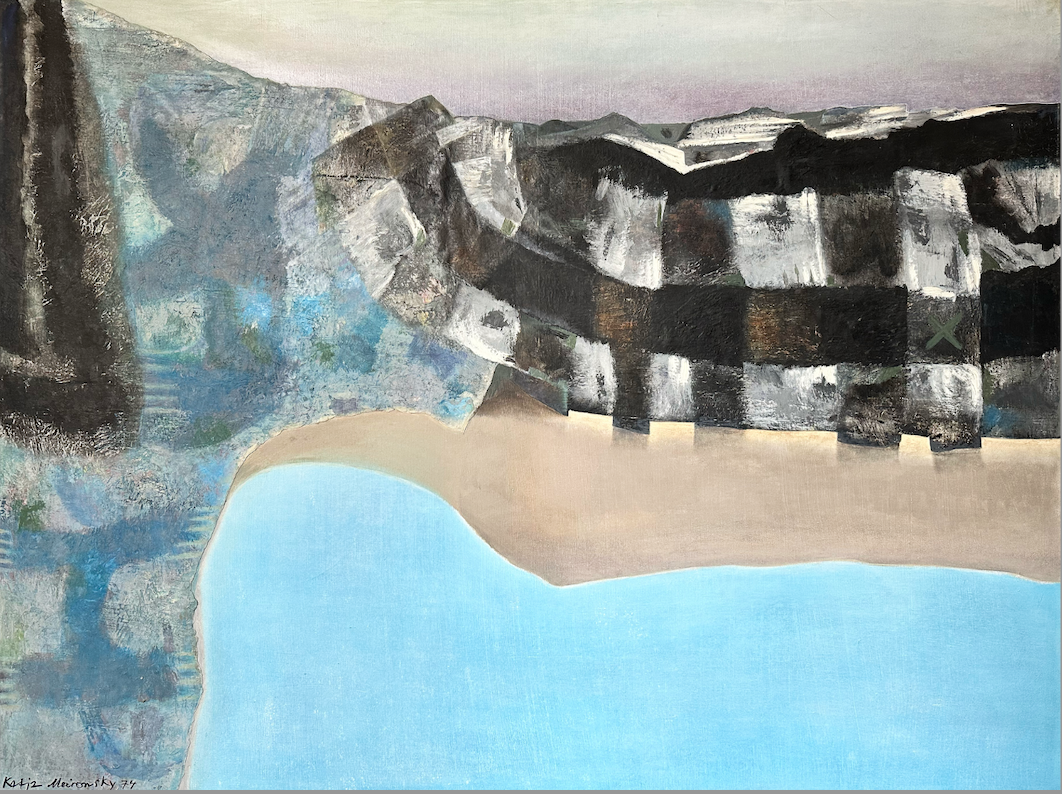Exhibitions
Louis Stettner and Paz Errázuriz protagonists of the KBr Fundación MAPFRE photography exhibitions
The KBr Center in Barcelona is dedicating a retrospective to the American photographer Louis Stettner, the first time that his work is presented in Spain in an exhibition with more than 180 photographs that trace his career
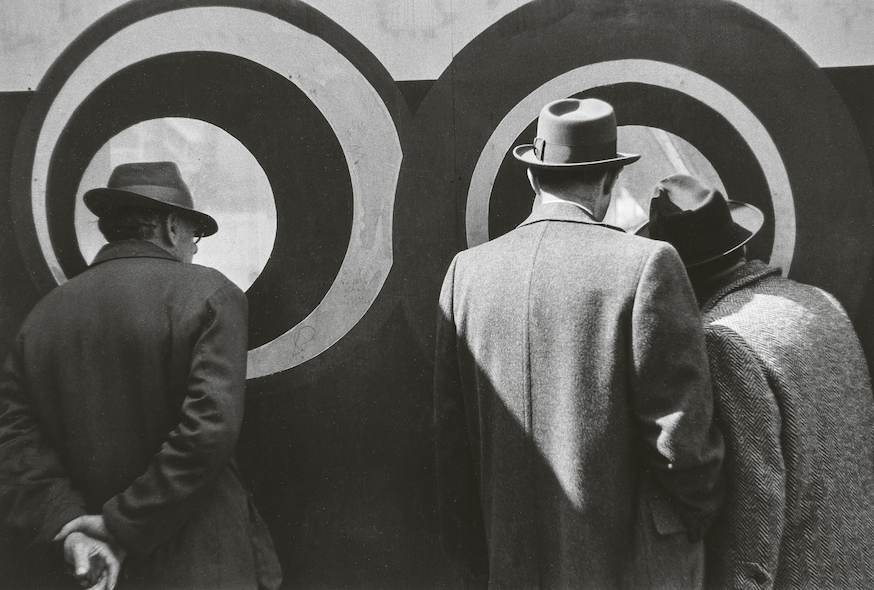
The MAPFRE Foundation has presented the Louis Stettner and Paz Errázuriz photography exhibitions that can be visited from June 6 to September 15 at the KBr Fundación MAPFRE center.
Both Stettner's and Errázuriz's careers are characterized by a strong social commitment. On the one hand, that of the American photographer for his firm trust in the human being and, on the other, that of Paz Errázuriz, who gives voice to people who, due to different conditions, are usually not heard.
Louis Stettner
Louis Stettner (New York, 1922-Paris, 2016) trained at the Photo League School in New York. In Paris he met Brassaï, who became his mentor. However, despite being fully immersed in the debate of historical photography for much of the last century, his work was not recognized as it deserved at the time, perhaps because it is not ascribed to a certain style.
Straddling New York and Paris, never tying himself to one of the two cities to the detriment of the other, he remained rooted in two worlds at a time when most photographers related to only one of they. In this sense, his work contains elements of both the aesthetics of New York street photography and the humanism of the French tradition.
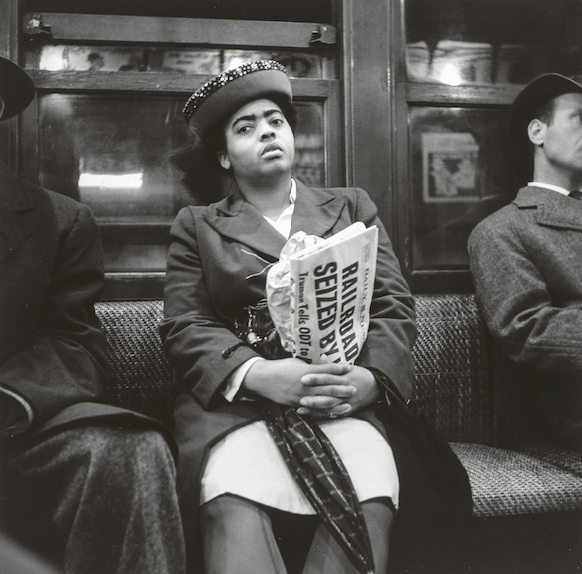 Louis Stettner. Dona amb un diari a les mans, Nova York. © Louis Stettner Estate
Louis Stettner. Dona amb un diari a les mans, Nova York. © Louis Stettner Estate
The exhibition, curated by Sally Martin Katz, is made up of more than one hundred and eighty photographs spanning his entire career, and includes a few unpublished images, as well as some of his work in color, not previously exhibited. All these images have passed to form part of the photographic funds of the Foundation.
Stettner's experience as a photographer in the Second World War strongly conditioned his conception of life, so present in all his work: a firm trust in the human being. Influenced, also, by his literary and philosophical readings (Plato, Karl Marx and Walt Whitman, fundamentally) and by his relationship, through the Photo League, with photographers such as Sid Grossman or Weegee, who conveyed to him the importance of photography as an instrument of social change, Stettner's work offers us, in short, a vibrant celebration of life, of man's courage to fully face the adversities and goodness of existence.
With this general vision as a guiding thread, his work covers a wide range of subjects, from almost empty urban environments to bustling scenes of the New York subway, the routine of workers and laborers during their working day or landscapes mountaineers of the French massif of the Alpilles, already in their last era. Throughout his career, Stettner returned to it frequently, especially on those related to his social commitment and his concern for the less fortunate.
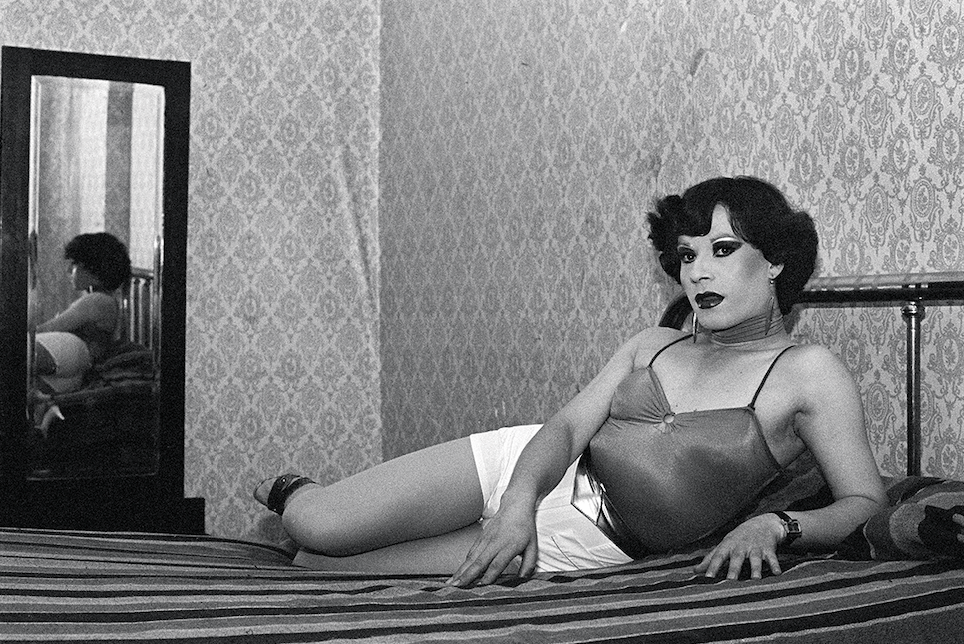 Paz Errázuriz. Evelyn I, de la sèrie La poma d’Adam, 1987. © Paz Errázuriz. Colecciones Fundación MAPFRE
Paz Errázuriz. Evelyn I, de la sèrie La poma d’Adam, 1987. © Paz Errázuriz. Colecciones Fundación MAPFRE
Paz Errázuriz
In 2018, and after presenting the first retrospective of the artist in Spain, Fundación MAPFRE added 173 works by the Chilean photographer Paz Errázuriz (Santiago de Chile, 1944) to its collection. As part of the annual rendezvous of the KBr's programming with the Foundation's Collections, this exhibition presents a careful selection of this fund.
Paz Errázuriz's work begins in the second half of the 1970s in Chile, a country subjected to the violence and repression of the Pinochet regime (1973-1990), and continues to the present. Without wanting to define himself as a chronicler of a specific moment, during these years, Errázuriz focused on documenting those who, in some way, were ignored by the regime.
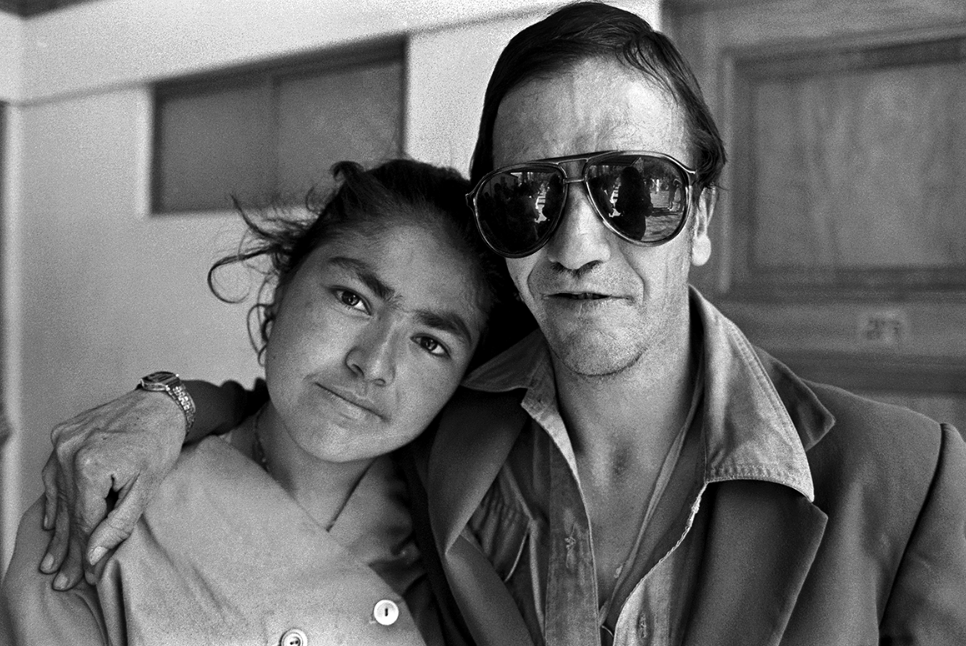 Paz Errázuriz. Infart 5, Putaendo, de la sèrie L’infart de l’ànima, 1994. © Paz Errázuriz. Colecciones Fundación MAPFRE
Paz Errázuriz. Infart 5, Putaendo, de la sèrie L’infart de l’ànima, 1994. © Paz Errázuriz. Colecciones Fundación MAPFRE
His career has always developed in his country of origin. In her strongly committed images, the author seems to want to give a voice to those who are not usually heard. He photographs spaces in which marginalization and seclusion predominate, but the characters who inhabit them are always presented from the point of trust and mutual respect.
Errázuriz has continuously chosen subjects and portrayed individuals situated on the margins of the hegemonic discourse and officialdom. His series are populated by the elderly, children, people with mental health problems, prostitutes or Native Americans, to name just a few examples.
In her images, the author permanently shows a strong social awareness as a photographer, a great importance given to the ethical position before the world, as well as a deep sense of respect and closeness towards the people portrayed and the matters that have worried An interest that, over time, has maintained and even intensified this coexistence and closeness to the people portrayed, as shown by the wide body of work he has developed throughout his entire career.
The exhibition unfolds along different sections that go from the year 1979, when Errázuriz begins to photograph, to the works he carries out in 2014. Along this route, the visitor will find his best-known series such as now La Manzana de Adán (Adam's apple) or El infarto del alma (The heart attack of the soul).



